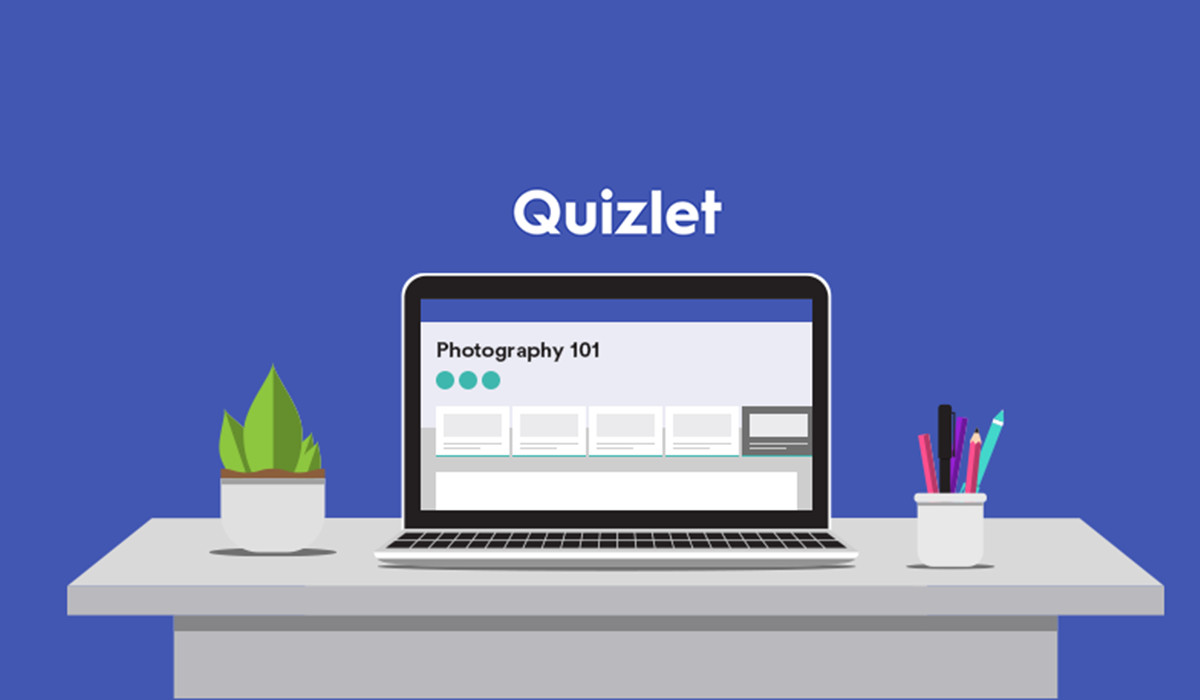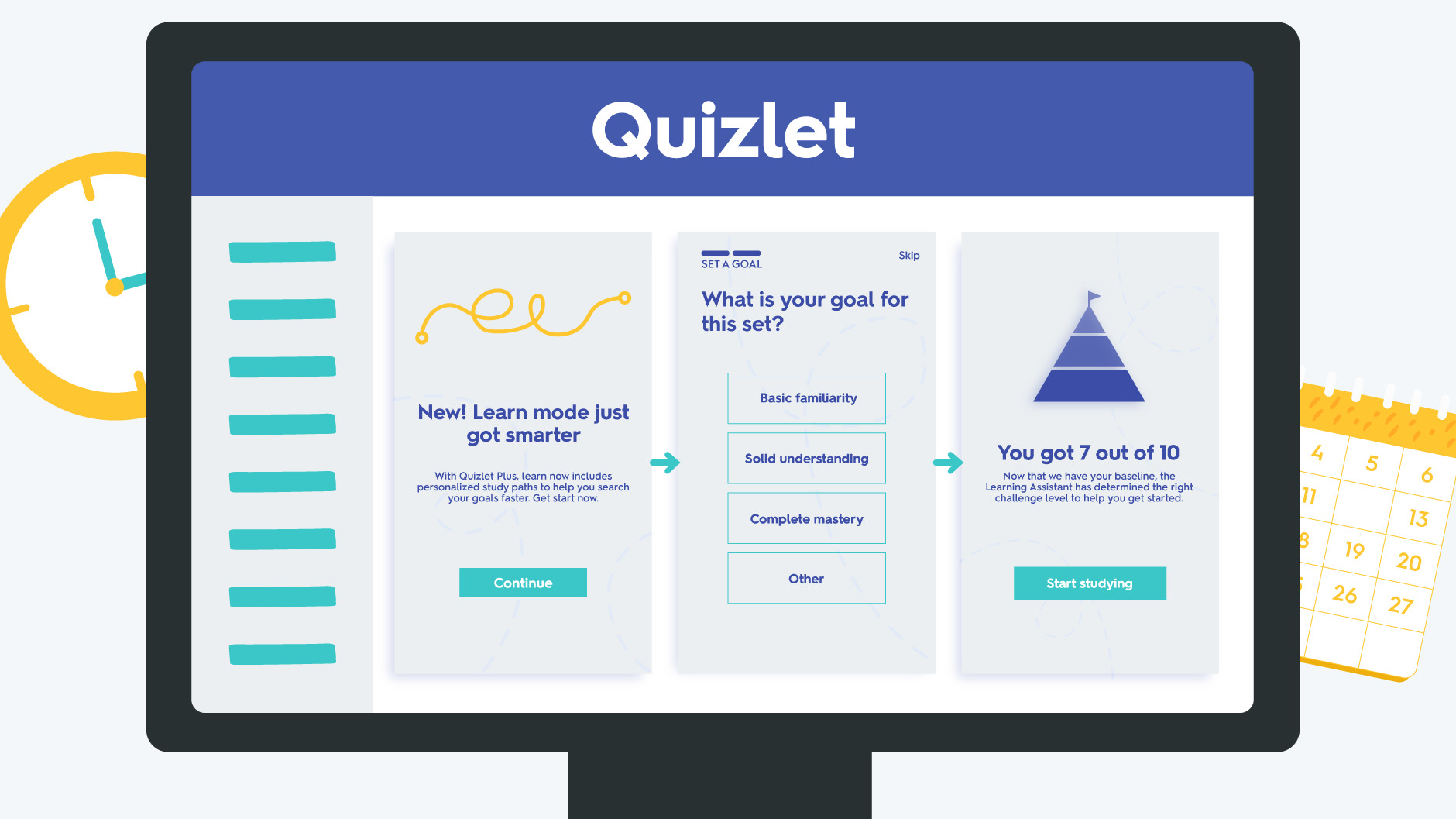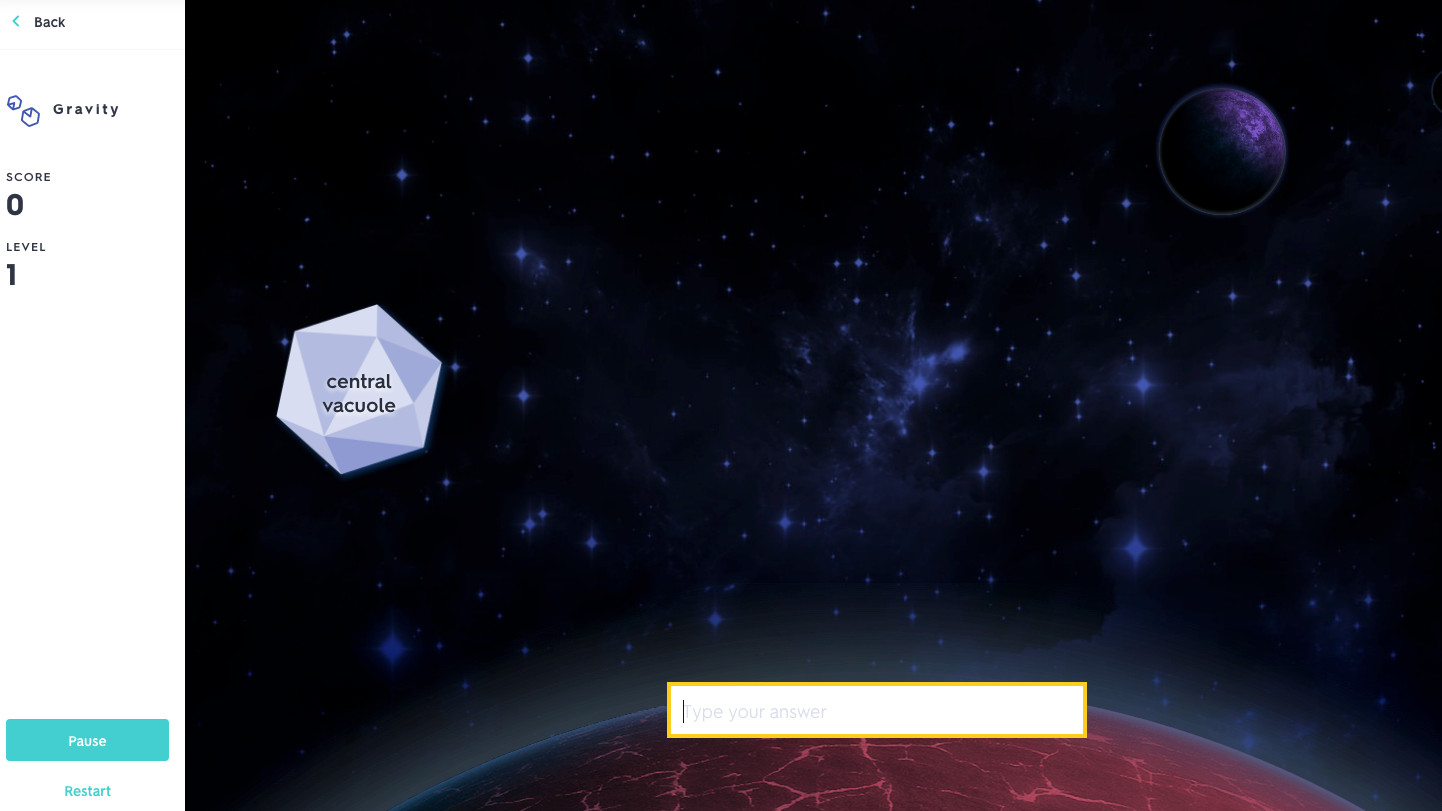What Is Quizlet And How Can I Teach With It? What's New
Quizlet is a study set creation tool for students and teachers that gives lots of freedom to create

This article was updated in August 2025
Quizlet is part gaming platform, part quiz, and part teaching tool. Crucially, it's built with all three in mind and, as such, offers a superb balance that makes it a valuable tool to use in education.
This will adaptively learn and change to suit the student, making it a teaching assistant that can help instruct, but also assess the areas in which students may need help.
Quizlet offers visual materials, fill-in-the-blank-style games, and more. Importantly, the company points out that 90 percent of students who use it end up getting higher grades -- so it appears to work.
While this used to offer a lot of free materials, the pay structure has tightened up. But with the use of AI tools it also offers more resources than ever before.
Read on to find out everything you need to know about Quizlet for teachers.
What is Quizlet?
At its most basic, Quizlet is a digital pop-quiz database. It features more than 900 million study sets, each one being like a deck of flash cards. It's also interactive, with the ability to create your own study set, or clone and edit those of others.
Verified Creators, as they're called, also create and share study sets. These come from curriculum publishers and educational institutions so you know they will be of a high caliber.
Tools and ideas to transform education. Sign up below.

Quizlet is sectionalized by subject so it can easily be navigated to find a specific study target. Lots of these use flashcard-style layouts that offer a prompt or question that the student can select to flip over to get the answer.
But there are various options that let you learn more from the same data in different ways. So you could select "learn" instead of "flashcards," and then the question would be given only with multiple choice answers, for a more active learning approach.
This sample Quizlet lesson plan offers a way to implement the tool into your class.
What's new in Quizlet?
Quizlet is often updating what it has to offer and it now has a new design overhaul with the idea of making everything more engaging for students and teachers alike.
In August 2025, Quizlet launched a new AI-powered study experience.
The new feature include:
- Upgraded Learn feature: Now enhanced by AI/ML, Learn adjusts question difficulty, improves grading accuracy, and adds motivational cues to keep students engaged and on track.
- Study Groups: Students can now invite friends to join a shared study session, see who’s actively studying the same content, and track group progress in real time.
- Study Bites: Study Bites guides learners to the right study mode, eliminating the guesswork and helping them get started faster
- Deeper course-powered experience: This update lets students tag study materials by specific milestones—such as upcoming exams, quizzes, or assignments—to create a more personalized and streamlined study experience.
Also recently, some previously free-to-access sections of Quizlet are no longer there since both the Learn and the Test Modes requires you to have a Quizlet Plus account to get access.
Quizlet also recently added these other new features:
- Practice tests: Students can generate personalized practice tests tailored to their specific courses, creating a “dress rehearsal” experience resembling an actual exam.
- Study guide: With study guides, students can upload their class notes to Quizlet and automatically turn these into flashcards, practice tests, and more.
- Blast: A gamified tool that helps students hone their vocabulary skills with an asteroid-blasting study session during which they match the terms and definitions from flashcard sets.
- Categories: This Jeopardy-style game allows teachers to host quiz shows in the classroom, a fun way for teachers to check in on how well students understand the class materials.
How does Quizlet work?
Quizlet is broken down into several styles, including:
- Flashcards
- Learn
- Test
- Match
- Blast
- Live
Flashcards are pretty self explanatory, like real ones, with a question on one side and the answer on the other.
Learn puts questions and answers into multiple choice-style quizzes that can be completed to get an overall result. This applies to images, too.
Test is an auto-generated mix of questions with written, multiple choice, and true-or-false answer options.
Match has you pairing up correct words or a mix of words and images.
Blast is a game that has asteroids with words coming at a planet you need to protect by typing out the words before they hit.
Live is a game mode that allows for multiple students to work collaboratively.

What are the best Quizlet features?
Quizlet has all those excellent modes that allow for a variety of ways to get information across for learning across a broad range of subjects.
The smart adaptive nature of Quizlet is a really powerful feature. The Learn mode uses data from millions of anonymous sessions and then generates adaptive study plans designed to improve learning.
Quizlet offers a lot of support for English language learners and students with learning differences. Select a word or definition, and it will be read aloud. Or, in the case of teacher accounts, attach your own audio recording. It's also possible to add visual learning aids to cards with specific images or custom diagrams.
Quizlet has a plethora of media that can be used, including a huge pool of licensed Flickr photography. Music can also be added, allowing for very targeted learning. Or teachers may find something ideal that has already been created and is available in the selection of shared online quizzes.
Quizlet Live is superb as students are given codes and once they sign in they're randomly grouped for a game to start. For each question, a selection of possible answers appear on teammates' screens, but only one of them has the right answer. Students must work together to determine which is the correct one. At the end, a snapshot is provided for teachers to see how well the students have understood the material.
How much does Quizlet cost?
Quizlet is free to sign-up to and start using.
For teachers, it's charged at $34 per year to get extra features, such as the ability to upload your own images and to record you own voice – both powerful options if you want the freedom to create your own study sets from scratch.
Teachers can also track learner activity with formative assessments and homework as well. Teachers can also adapt Quizlet Live, organize classes, use the app, and have no ads.
Quizlet best tips and tricks
Play a game
Use a game such as Blast to help students learn the nature of this digital tool while learning and gaming at the same time.
Star terms
Have students star terms so they can revisit them later, or star them yourself to draw attention to areas that need covering.
Use test mode
Have students use test mode first so you can assess where they are on the subject before deciding what extra help may be necessary.
Luke Edwards is a freelance writer and editor with more than two decades of experience covering tech, science, and health. He writes for many publications covering health tech, software and apps, digital teaching tools, VPNs, TV, audio, smart home, antivirus, broadband, smartphones, cars and much more.
